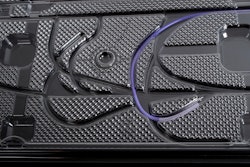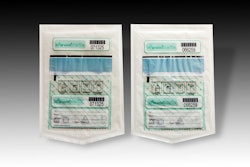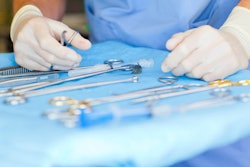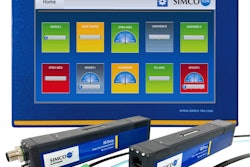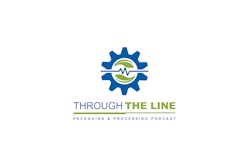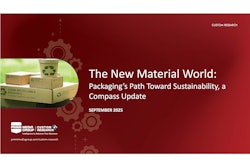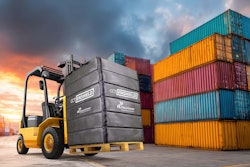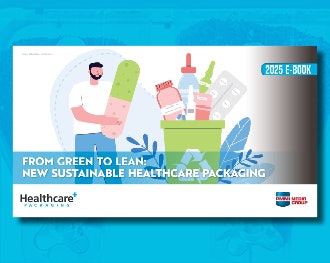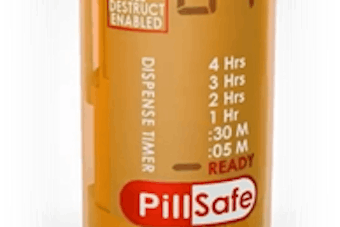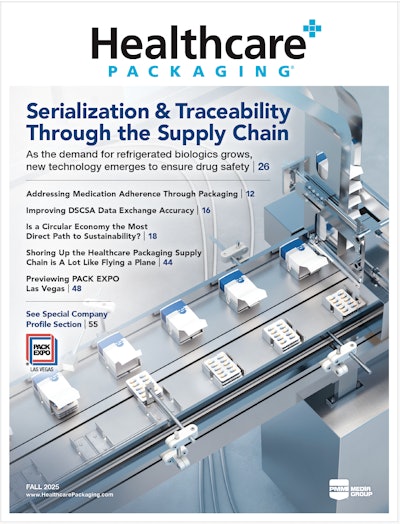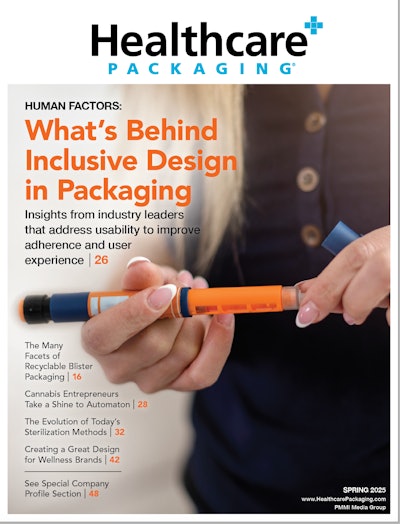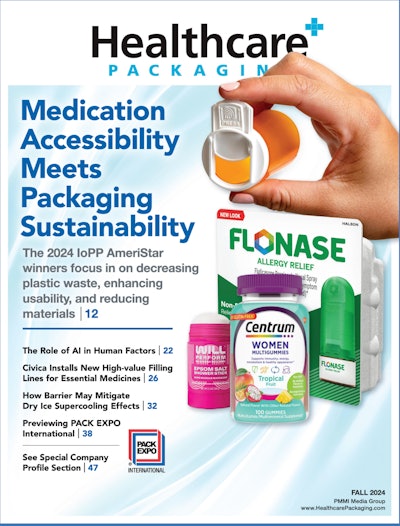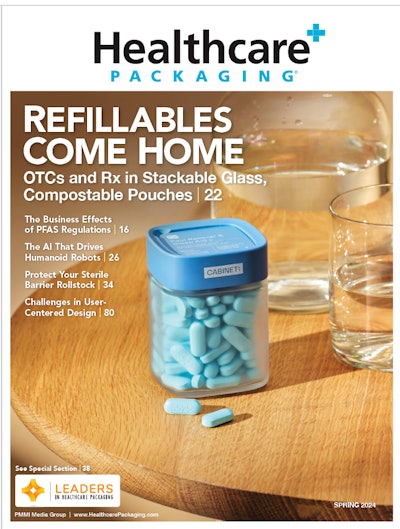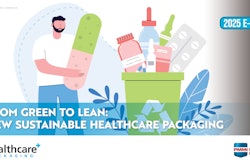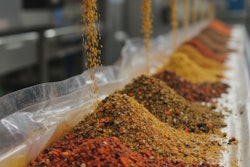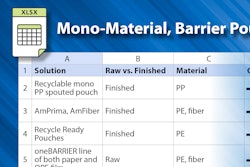The National Institutes of Health is holding a competition to develop a better wearable alcohol biosensor.
The Wearable Alcohol Biosensor Challenge will aid researchers, clinicians, therapists and individuals by providing more accurate data on how much an individual is drinking.
The National Institute on Alcohol Abuse and Alcoholism, is looking for innovation using a non-invasive design, which could take the form of jewelry, clothing, or another format located in contact with the body. The device must be able to measure blood alcohol level, interpret and store the data, or transmit it to a smartphone or other device by wireless transmission.
“This project is designed to stimulate investment from public and private sectors in the development of improved alcohol biosensors that will be appealing to researchers, treatment providers and individuals,” said George F. Koob, Ph.D., Director of NIAAA.
Officials want to use the device to help them study the impact alcohol has on various diseases.
"Well-calibrated alcohol biosensors will provide an objective measure, while participants will be able to avoid the inconvenience and discomfort of having blood drawn at regular intervals, the NIAA said in a press release. "The data collected would also be more accurate than self-report."
For more contest details, go to the Federal Register announcement



